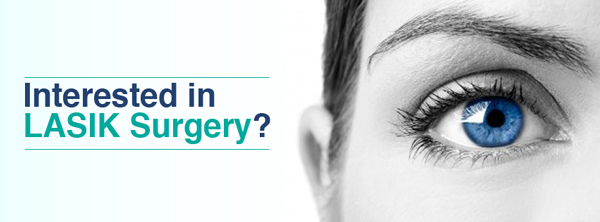
What is LASIK?
Laser In-situ Keratomileusis, better known as LASIK, is a widely popular surgery used to correct vision in people who suffer from nearsightedness, farsightedness, and/or have astigmatism. Such vision conditions are caused by the inability of the cornea, located in the front of the eye, to properly focus light onto the retina, which is located in the back of the eye. LASIK surgery is used to reshape the cornea to bring the light into focus. It is a common alternative for wearers of eyeglasses and/or contact lenses.There are many benefits of LASIK, such as:Over 90% of patients that undergo LASIK surgery will receive their desired result with one surgery.The correction in a patient’s vision is practically immediate, with improved vision within a day after surgeryThere is very little to no discomfort associated with LASIK surgery.LASIK surgery requires no stitches or bandages.After undergoing LASIK surgery, nearly all patients have a reduced dependence on eyeglasses or contact lenses. Many patients have their need for eyeglasses or contact lenses resolved completely......


